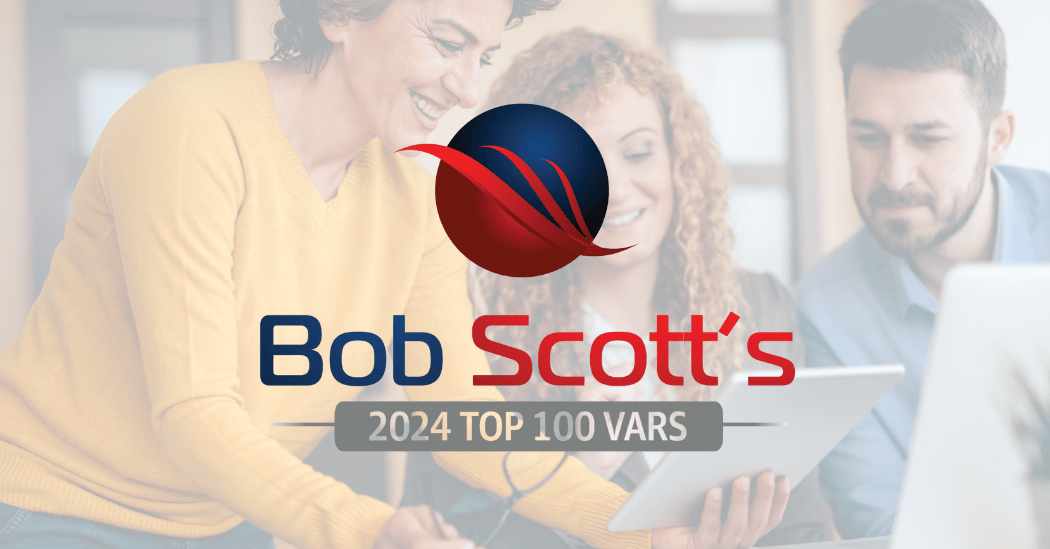Several years ago, a customer asked me what it would cost to put his current software in “the cloud.” Having recently read an article extolling the virtues of the cloud, he wanted to gain the efficiencies and infrastructure cost savings the cloud promised to deliver.
My first response was to ask, “what do you mean by ‘the cloud’?” The meaning of some technologically based terms evolves as they are used in broader media and culture, frequently becoming jargon that means something different from the technology itself and creating confusion. I tell this story because I’m having similar conversations today about Cloud ERP. It’s a buzzy term that doesn’t always mean the same thing to everyone.
I think we can make some meaningful distinctions about Cloud ERP if we look at the terminology used in these kinds of discussions.
What is Cloud ERP?
On its face, the term “Cloud ERP” appears self-evident: an ERP system operated from and accessed via the internet (or “the cloud” as it is frequently identified).
Generalizations can be misleading though, especially if we consider the disparate kinds of systems that fit that definition. It misses the differences, for instance, between applications built to take advantage of cloud technology from its inception and those legacy systems accessed remotely using a third-party add-on tool as a workaround. Does internet access alone make an ERP system a Cloud ERP? If I use Remote Desktop to access my 25-year-old ERP system does that make it a Cloud ERP? To some people it might, but most of us would agree that the term Cloud ERP (the way it’s used today) means something more.
Let’s agree that the Cloud component of the term isn’t referring solely to if something is accessed over the internet. For our purposes, the Cloud refers to the practice of both storing and regularly accessing computing services and resources over the internet. Those resources and services can include (but are not limited to) servers, data storage, networking, software applications, business analytics, and computing developments like machine learning and artificial intelligence.
ERP, or Enterprise Resource Planning, applications have existed for years. Typically, ERP systems provide a collection of integrated tools to manage different business processes, such as Finance, Inventory, Sales, Manufacturing, Shipping, etc. Older ERP systems, often called Legacy ERP, were generally built to be run on a Client-Server environment–a computer with the application’s “client” installed could use the application stored on the server via a network environment. This type of architecture was developed and primarily used pre-cloud. At the time it was a revelation, allowing many people to use the same application simultaneously. Of course, the requirements to run that sort of networked application—such as an IT staff, hardware, initial software purchase, software and hardware upgrades—and their associated costs were a revelation too.
Legacy ERPs were designed to complete particular tasks in a specific way, which is a nice way of saying that they were rigid systems requiring users to develop workarounds for many processes that varied from the “standard” method. Frequently, companies acquiesced and modified their processes to fit the ERP.
Legacy ERP systems were usually sold with perpetual licenses that covered the users and modules of the application, and the upfront cost was paired with some sort of annual maintenance or support agreement. Front-loading the software cost led to price tags in the 10’s if not 100’s of thousands of dollars. The requisite implementation consultants could double or triple the initial costs of using a Legacy ERP system—this was not plug-and-play software.
To The Cloud
Let’s fast-forward: our discussion today is about Cloud ERP. While the Legacy ERP systems promised many advantages: improving operations, driving cost efficiencies, increasing visibility with reporting—the modern Cloud ERP solution promises some of the same improvements for users with a definite digital spin. Modern Cloud ERP, though, is a very different kind of application, with a different delivery system, and a different cost structure.
Since Cloud ERP systems are essentially a 21st Century development, defining the important terms and characteristics is still evolving. Software vendors are aggressively trying to define what a “true” or “real” Cloud ERP is. Those efforts are more about staking a claim to the space for their products than anything else. The term “Cloud ERP” is evolving and means different things to different people, and frankly whether an application fits a particular label doesn’t matter to most ERP users. There are some other distinctions, however, that are worth exploring because they directly affect who is responsible for delivering and maintaining the application for the end-users and the total cost of using an ERP system.
Delivery & Deployment for Cloud ERP Systems
There are basically three ways that a Cloud ERP system can be deployed: Users can access the application directly from the ERP software vendor’s installation, a third-party provider hosts the application instance, or the system resides on a company-managed server. When the software vendor maintains the installation of the program, sometimes referred to as the SaaS model, the vendor manages all the infrastructure that used to be the responsibility of the user. The responsibility and costs for things like buying and maintaining servers, data storage, data security, and all the associated infrastructure shift to the software vendor. Some software vendors even include system upgrades in the subscription service, eliminating the burdensome and expensive process for the user.
Some industry observers lump the third-party hosting and company-managed deployments into a single category called “Private Cloud” installations, but that kind of grouping glosses over some important differences and risks so we’ll consider them separately.
When a third-party provider hosts an application, the hosting company provides the infrastructure for the environment. Things like the servers, storage, and security mentioned previously are the hosting provider’s responsibility. Unlike the SaaS model, the hosting provider is contracted separately by the company and becomes an additional cost to use the application. In this scenario, the ERP consumer is 100% responsible for managing the upgrade process and the additional cost of the hosting company.
Finally, a few ERP systems can be deployed in either a cloud environment or on a company-managed server located on-premises and accessed via the internet. The company-managed environment relies on the privately managed server from the Legacy ERP era. Like in the Legacy ERP era, the ERP consumer is solely responsible for the infrastructure, network, data security, and the IT staff needed to keep those parts of the system operating correctly and securely. Managing the software and hardware upgrades, and all of the associated costs, are also the responsibility of the consumer in the company-managed environment.
The Cost of Cloud ERP
While the Legacy ERP model carried a hefty Perpetual License price tag, modern Cloud ERP systems are a Software as a Service (SaaS) product, and the user pays a recurring subscription. Several factors combine to determine what the subscription price for a Cloud ERP is, from the functional requirements of the users to the vendor. As we have discussed, the term “Cloud ERP” doesn’t mean the same thing to everyone and what is included in the subscription price can vary as widely as the definitions of the term. The Business Applications team at Quisitive are experts in deciphering the costs of Cloud ERP and can help determine the value your company can realize from moving to a Cloud ERP system.
In the next installment of this Cloud ERP series, we are going to consider why some companies are reluctant to move to the Cloud. As for the customer I mentioned initially, he was running a Legacy ERP system developed in the ‘90s that relied on a client-server network. The article he read relied on buzzwords without defining how terms were being used. We discussed cloud computing and determined there was value in exploring the cloud as an option for his company, but it wouldn’t include the software he’d been running.
Quisitive recognizes that regardless of industry or vertical, every organization has a multitude of challenges to solve. At Quisitive, we have unparalleled expertise to guide your company and help you boost performance and results across every area of business.
Learn more about how Quisitive can help your organization with Cloud ERP.

;)


